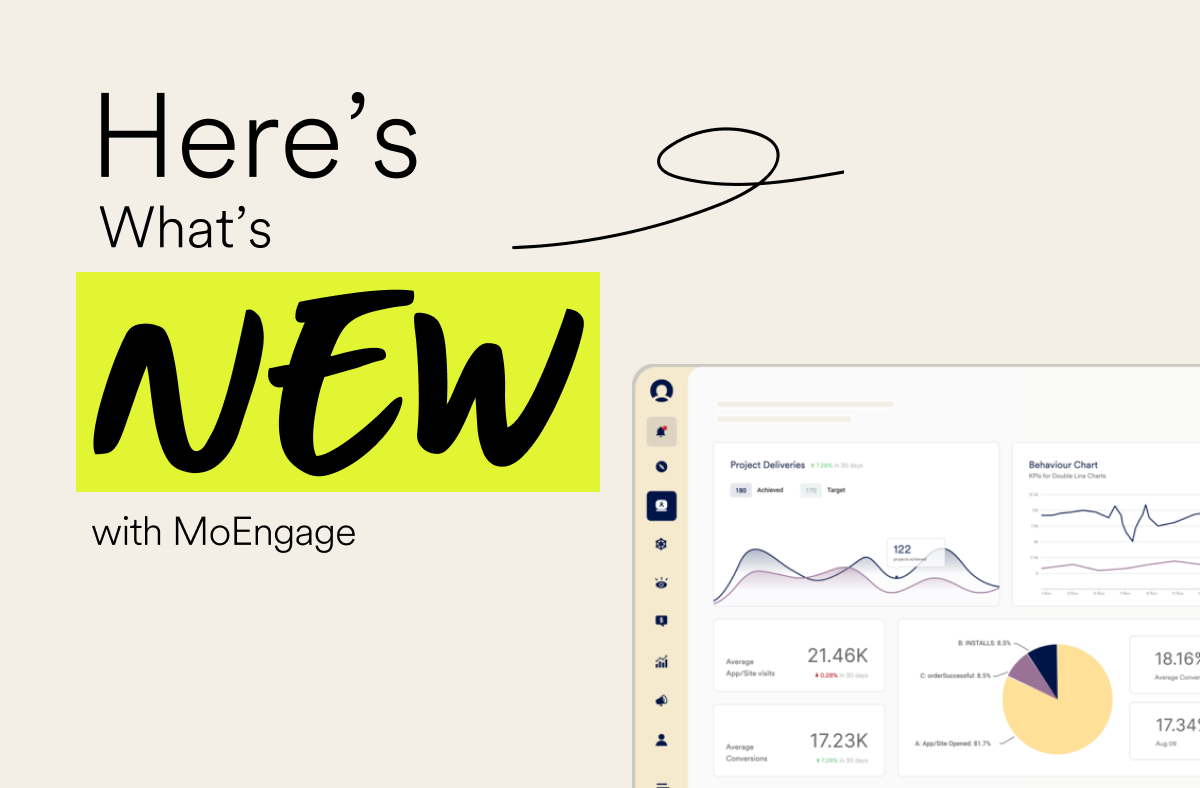Panelists




Key Takeaways
There are some deep learnings from this discussion. We've broken them down into four pointers below.
Demonstrate value before you expect a sale
This is the best way to increase digital footfall. For example, Tradeview has a free platform that includes all its features. Once the user is on it long enough, they provide additional SaaS features at a cost. Do not demand a fee from the users before you can establish credibility.
Adding useful features to your product helps in retention
Do not stagnate your online product. The better it grows, the more formidable the business. Innovation can sit on the back-burner. Analytics tracks growth and retention; they are also numbers that punch holes in your system and push for improvement.
Keep it simple
If your digital presence (website or application) remains cluttered, users will never buy a product. It would help if you catered to both an expert and a consumer who found you today. And this is the best way to ensure people do not fall off the funnel.
Focus on your biggest fans and ask them to spread the word
Incentivize marketing for your brand. Ask users to bring other users with promo codes and discounts. Reliable words of an existing user are the best way to win new consumers. Discover a way to grab these good reviews and showcase them to the world.
The unexpected hurdle of COVID 19 has grappled companies world-over. While people adapt to the new normal, there has been a sudden flood in the digital space. A flood that needs the right kind of skills to manage.
Matthew Pantaleone (Director of Experience Orchestrion & Personalization at Accenture Interactive), Bastine Berthon (Director of Product Management at Yieldstreet), and James Maddison(CMO TradeingView) are leaders who live and breathe digital. In this video chat, watch them break down the need to double down on digital during this pandemic.
If you prefer to read, we have a summary of this chat below.
The Impact Of Business On COVID
While most businesses worldwide struggle to remain afloat during the pandemic, digital trends are worth the notice. “With every challenge, there is a new opportunity,” says Matthew Pantaleone, who sees this uncertain time as a chance to step back and reassess the status quo.
With more people stuck at home, the digital doors have swung open. This pandemic is a time to master the digital platform to attract new users and retain existing ones. The Corona crisis has also registered a surge in collaborative tools and cloud-based services for obvious reasons.
This change is proof that companies can always find a way to adapt and evolve with time. Bastine Berthon also sees this as an opportunity to retain clients with content. The more educative and engaging the content, the less blunt the business.
TradingView was an exciting case study with the pandemic. TradingView is a platform that allows people to follow the stock market, read charts, and gather financial insights. Many users sitting at home saw the pandemic as an opportunity to invest in the stock market. This leads more users to explore platforms like Tradeview and its features.
These inclinations show that the pandemic has had the reverse effect on digital outlets, which calls for a double-down.
What’s Changed On the Digital Front?
The theme of most companies that rely on digital mediums has been “going back to the basics.” Since more users are now online, on-point optimization is the only way to battle the surge.
With a visible spike on a platform like TradingView, the team ensured a website revamped catering to new users. By performing better auditing and providing directions, they could hold on to this surge. All this to enhance the retention funnel.
More users were curious about the news to stay updated on price fluctuations, and this was our opportunity. – James Maddison.
Educating users has become the need of the hour. Employing webinars, podcasts, and videos— provide users all the information to guarantee business growth. The role of content creations has been the front-runner in narrowing retention.
Most companies saw an influx of traffic during the pandemic, but drop-offs occur at the time of conversion. This pattern was a noteworthy difference that forces companies to look back on the process and fix leaks in the funnel.
“Back to basics” can mean different things to different companies. The pandemic has accentuated the need to reassess most businesses and find ways to cater to an online market. Even companies that do not rely on online traffic must reevaluate their applications and websites.
Investments in Digital Post COVID
When everything hits the wall, it’s time to take a pause and find the flaws. – Bastine Berthon
Apart from revamping the network, there is also a need to correct priorities. All three speakers agree that the best investment during a pandemic is on consumer-trust. The need to build trust has never been higher. With all online services competing for a small market share, this faith will play a significant differentiator.
Invest your budgets on a medium that can provide organic traffic. – James Maddison.
When your business sees a spike in traffic, it’s not time to pat yourself on the back. It is an indicator to invest more of your funds and talent into this growth. Another valuable investment is in cost-control. Consider making the process faster and more effective. This pandemic is the time to fix roadblocks and tweak the product to perfection.
Matthew quotes an example of investing in technology to reduce the time for call-center service staff. If the time taken for each call-center agent to help a client is reduced by even a minute (with the help of better technology), the ripple effect of efficiency would be exponential.
Indicators That Determines Growth
Traffic, keyword search, and search results—these are the three most fundamental performance indicators. Digitally driven companies must also check up on signups and eliminate problems at the dropoff points.
However, the useability of the growth patterns will vary based on what stage your product is. User-metrics play no significant role for a product in development. But once on the platform, the statistics on user-behavior are the only data you need.
Matthew also brings up an intriguing defect in the analysis. He enforces a balance of both macro and wide-scale Key Performance Indicators (KPIs). All members of the team must be on the same page for analytics to be fruitful. It does not help a company if various team members have their own unique data set.
The pandemic brings in a need for the whole team to re-group and share notes. Before you study statistics, consolidate them clearly.
Use of AI and Machine Learning
James indicated the naive nature of users. TradingView has received tech-support questions on its Facebook page because users are often lost when it comes to picking the right support platform.
An artificial-intelligence messenger box is one of the best investments you can make for any business. With the rise in AI technology, automated support is just a simple add-on. Most doubts and queries are of the same nature—an AI robot can save time and resources.
Bastien, however, said not all companies can jump into using AI, “You can only use AI, so long as it does not discriminate against the users.” An AI cannot fully understand every need of the user. Which only makes it an aid, but not the ultimate solution…yet.
In Conclusion,
“Everything in Digital should go from user-research to A-B-testing; before it is sent out to people.” Matthew quotes an example from the playbook of Accenture. Only believing that a product will work digitally is a futile exercise. You would never know its flaws unless you scrutinized at every point.
Digital mediums are and will remain the most significant marketplace. And COVID-19 has only drawn a massive spotlight to these touchpoints.
Recommended Videos
Subscribe to Our Library Updates
Be the first to access actionable reports, guides, tips, videos, podcasts from experts in Customer Engagement, retention and more!














